Unit Economics Suggest That The Cost Of Traveling By Electric Air Taxi Should Drop Precipitously

Electric air taxi companies have made significant strides since ARK estimated the industry’s progress five years ago.[1] The Federal Aviation Administration (FAA) has collaborated closely with the electric aviation community as it has prepared to certify electric air taxis,[2] so much so that three or more companies are likely to launch commercially in 2025.
To help investors understand this business, we are featuring our recent open-source research on the cost declines likely to propel the industry forward during the next two years and beyond. Our initial reference point was Blade Urban Air Mobility, a company with deep expertise in helicopter operations that estimates electric air taxis initially will lower the cost of a trip from Manhattan to JFK by 14%, from $500 in a traditional helicopter to $430. As the technology scales in the coming decade, according to our research, the total cost of an air taxi ride may drop as low as ~$180, as shown below, which—when split among three or more passengers—would translate to a price of ~$70 per passenger.[3]
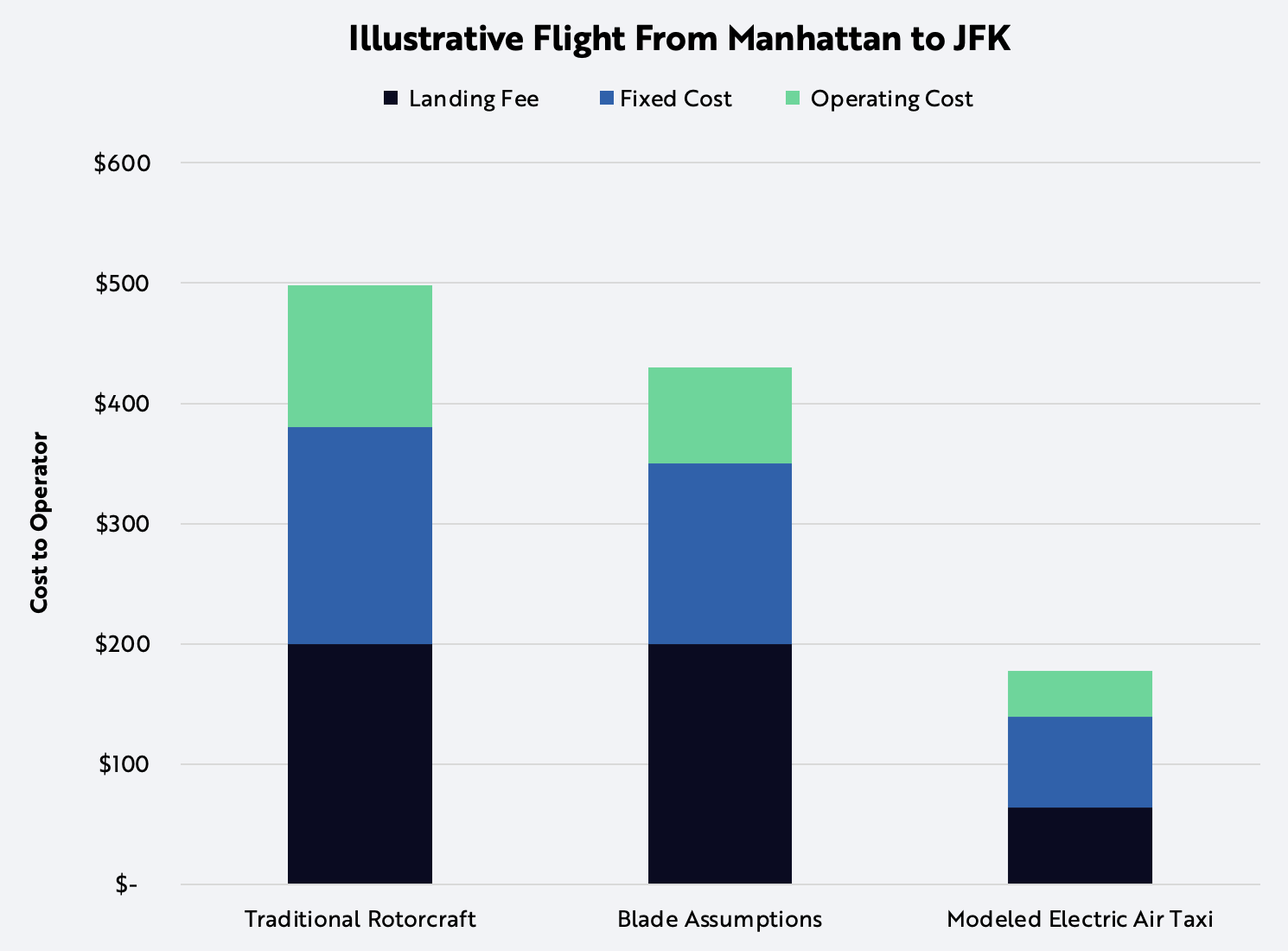
Source: ARK Investment Management LLC, 2023, based on data from Blade Urban Air Mobility as of June 27, 2023. [4]
For informational purposes only and should not be considered investment advice or a recommendation to buy, sell, or hold any particular security. Forecasts are inherently limited and may not be realized.
Driving our model are three costs and amortization schedules, as shown below.

According to our research, the primary variables impacting the hourly fixed cost of an electric air taxi are upfront aircraft costs and the number of flight hours per year, as shown in the chart below.Our model assumes that, although high initially, costs will decline as production scales. Joby Aviation has estimated that the upfront manufacturing cost of an electric air taxi averages $1.3 million, while Blade notes that a Part 135[5] rotorcraft typically operates ~1,000 hours per year.[6] In our view, however, those estimates do not represent the upper limits for electric air taxis, as 2,000 hours would equate to an aircraft utilization rate of ~23% if operating 24 hours a day 7 days a week.[7]
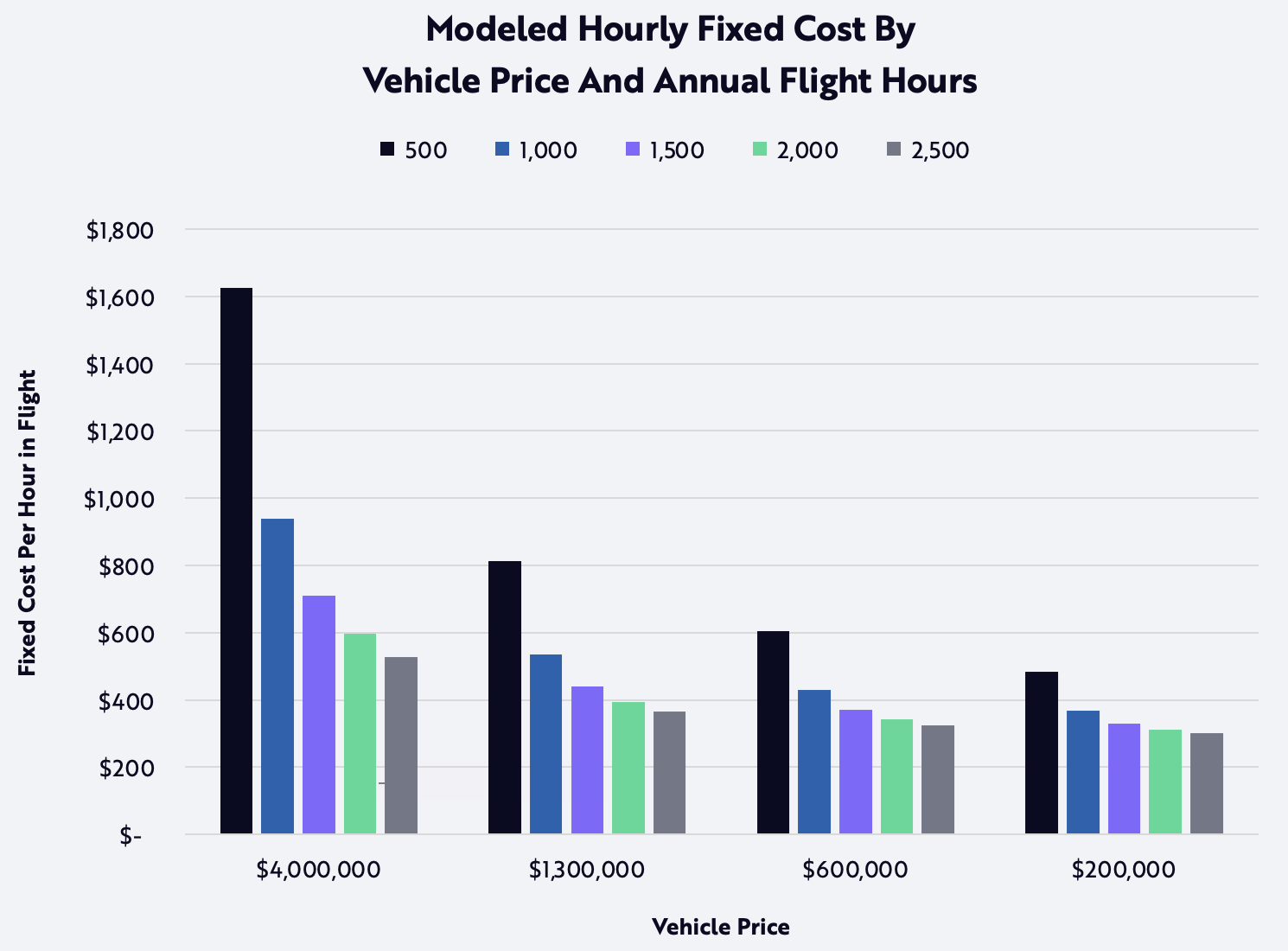
Source: Ark Investment Management LLC, 2023.
This ARK analysis is based on underlying data from external sources, which may be provided upon request. For informational purposes only and should not be considered investment advice or a recommendation to buy, sell, or hold any particular security. Forecasts are inherently limited and may not be realized.
Impacting the hourly cost of operating an electric air taxi are three variables that, combined, are estimated to be lower than that of traditional helicopters: electricity costs, maintenance reserves, and battery replacements. For perspective, Robinson Helicopter Company estimates that it costs more than $300 per hour to operate its R66 helicopter, as shown on the left below: ~$89 per hour for periodic maintenance, ~$94 per hour for the overhaul parts kit, and ~$123 per hour for fuel. According to our research, the cost per hour to operate an electric air taxi may be more than 30% lower, thanks to the lower cost of electricity compared to fuel oil and batteries/electric motors relative to their internal combustion engine counterparts, as shown on the right below.
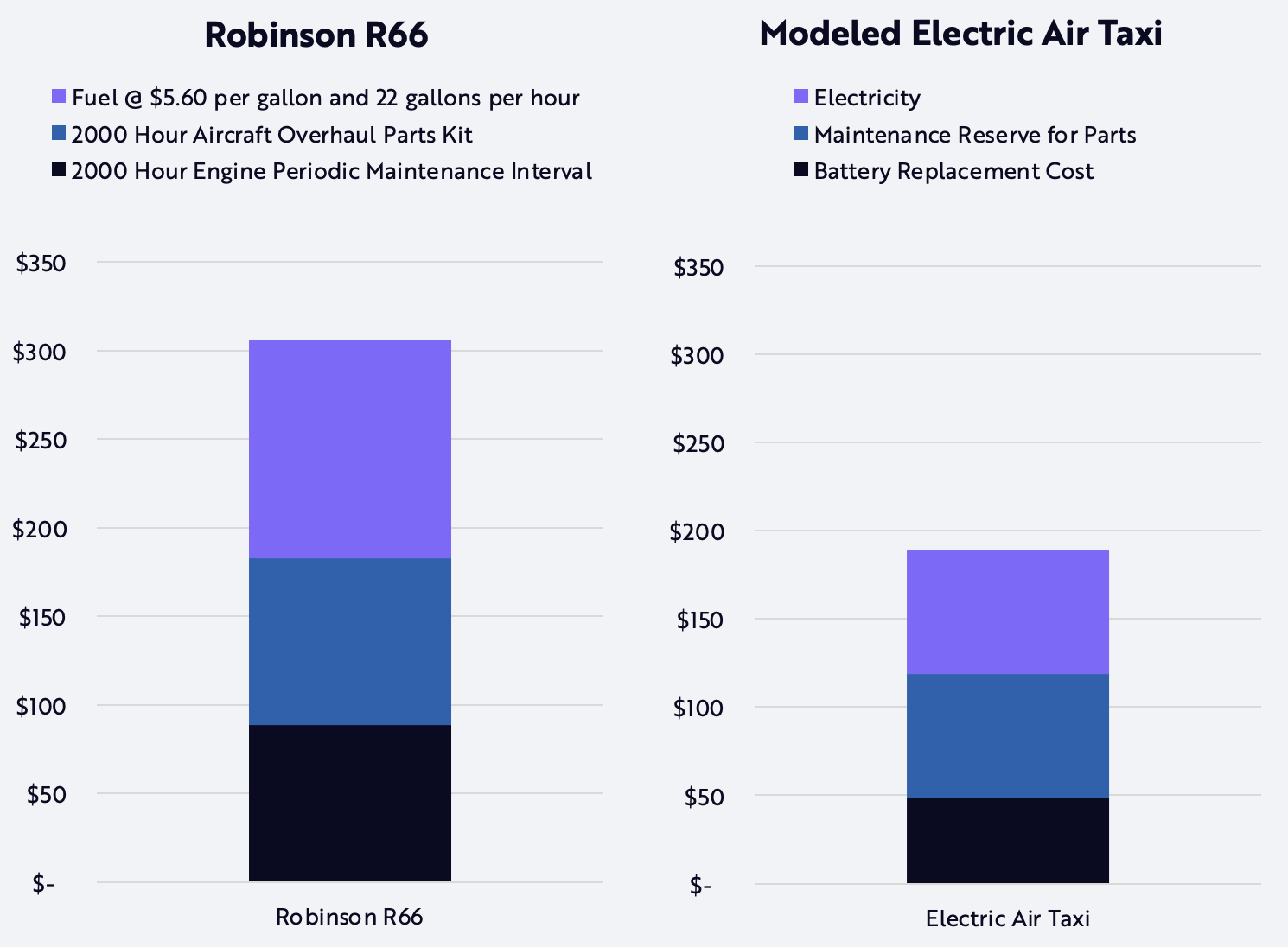
Source: ARK Investment Management LLC, 2023. Based on data from Robinson Helicopter Company as of 2021.[8]
For informational purposes only and should not be considered investment advice or a recommendation to buy, sell, or hold any particular security. Forecasts are inherently limited and may not be realized.
Moreover, our research indicates that landing fees—which currently account for ~40% of a helicopter trip cost from Manhattan to JFK—are likely to decline over time for two reasons: an increase in helipad utilization and lower upfront costs, as shown below. For perspective, roughly ten years ago, the downtown Manhattan heliport accommodated ~40,000 flights per year at an estimated annual lease cost of $1.3 million.[9] In our view, the price elasticity of demand for electric air taxis will create a positive feedback loop as lower costs stimulate demand, increasing helipad utilization. In addition, the infrastructure supporting electric aircraft should cost less than that required for aircraft using liquid fuel.
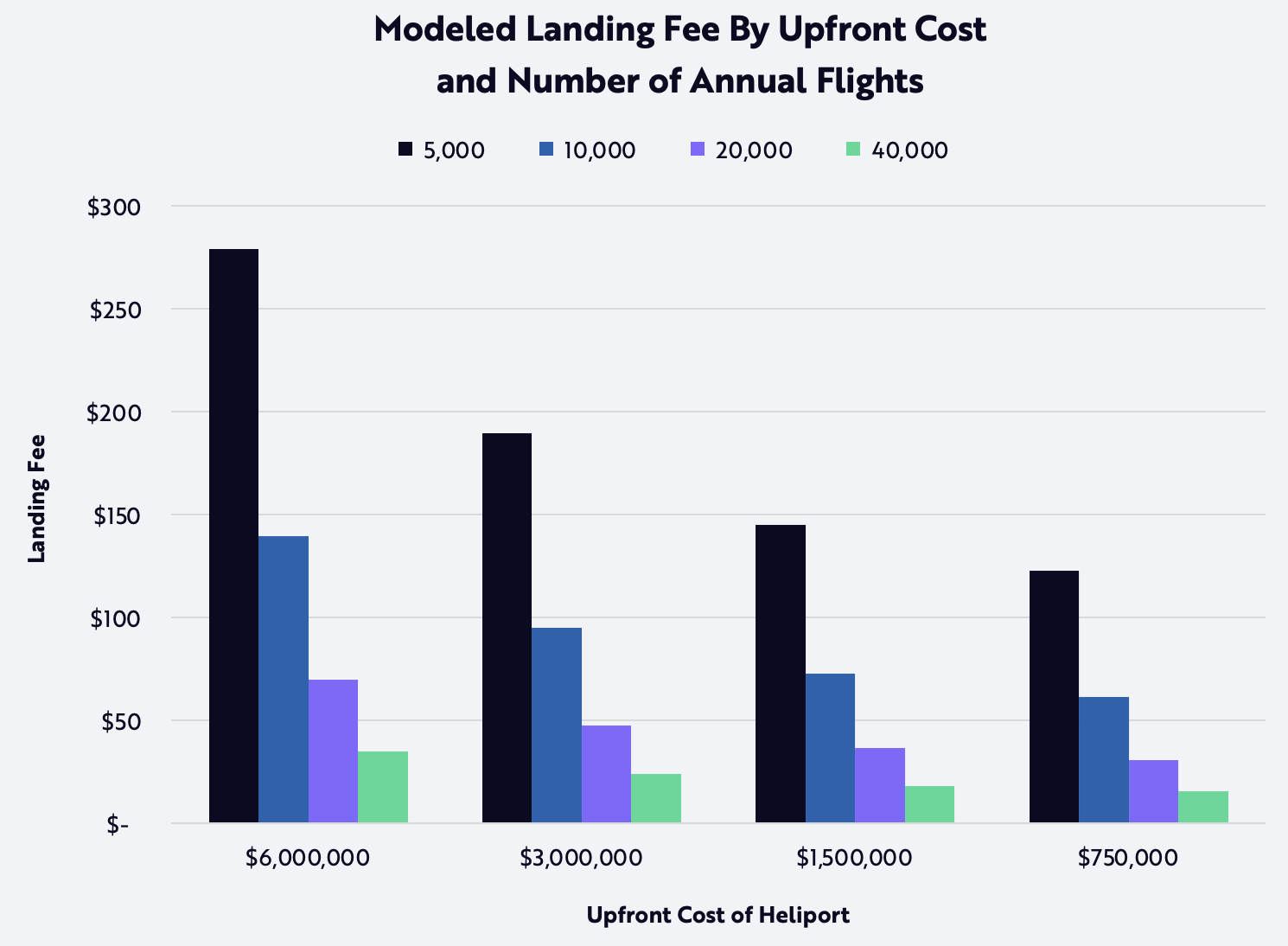
Source: ARK Investment Management LLC, 2023.
This ARK analysis is based on underlying data from external sources, which may be provided upon request. For informational purposes only and should not be considered investment advice or a recommendation to buy, sell, or hold any particular security. Forecasts are inherently limited and may not be realized.
Vehicle noise is a potential risk to the acceptance of electric air taxis, and the “not in my backyard” phenomenon could pose challenges to establishing the necessary landing infrastructure for a successful buildout. Community resistance to air taxis could slow price declines and limit demand in urban areas. That said, electric air taxi companies are achieving significant success in lowering noise levels. At a recent air taxi demo, for example, the vehicle was so quiet that participants did not notice it.[10] In ARK’s view, the benefits of affordable, low-emission, alternative air-born transportation will become an imperative for communities, especially if low-cost electric vehicle autonomous taxi networks increase traffic congestion by three-fold during the next five to ten years, as our research suggests!




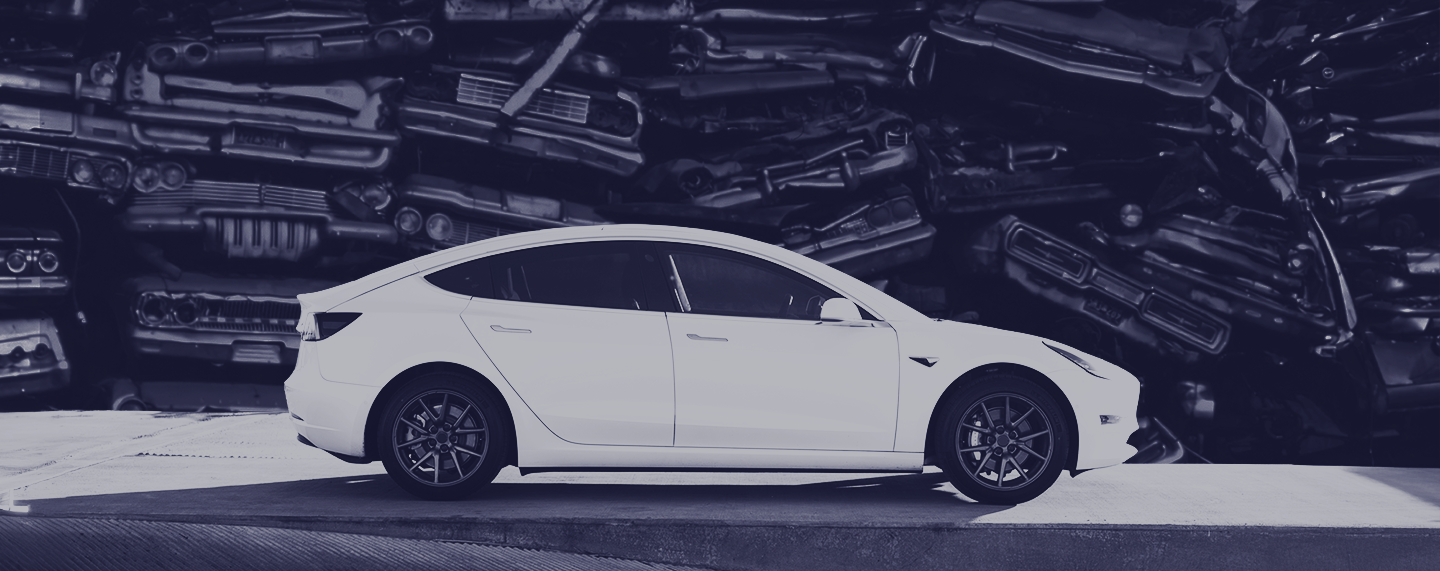
.png)
